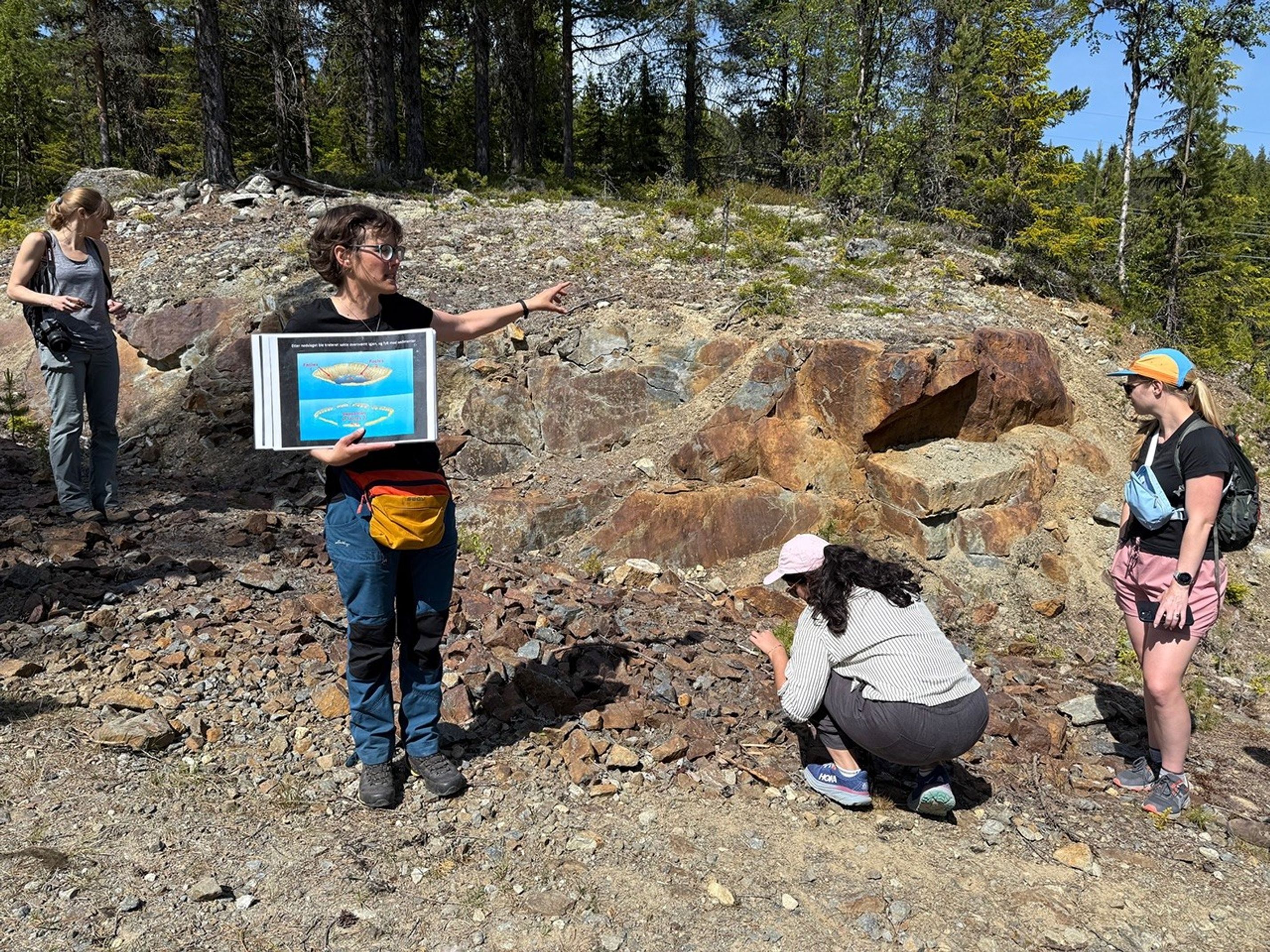Since the anomaly with CHIMRA is still being investigated,there was no science involving the arm in today’s plan.
Since the anomaly with CHIMRA is still being investigated,
there was no science involving the arm in today’s plan. Still, there was plenty
to do, and we had to be careful not to collect too much extra data because
there is a backlog of data on the rover waiting to be downlinked to Earth.
On Sol 1239 we
planned a bunch of observations of a target called "Gosser Schroffenstein" in
the area called "Mniszechis Vlei" (I am really enjoying the names list lately) where
the rover’s wheel scuff in the sand exposed a tiny scarp or cliff in the sand.
This little scarp gives us a good view of the fine-scaled layering in the top
few centimeters of the dune. ChemCam will take an RMI mosaic of Gosser
Schroffenstein, followed by an active LIBS analysis targeting the face of the
scarp. After that, the RMI mosaic will be repeated to see if the laser pulses
caused any changes in the delicate sand scarp. Once ChemCam is done, Mastcam
will take a 5 image stereo mosaic of the whole Mniszechis Vlei area. Mastcam
also has another change detection observation of the target "Hebron" and Navcam
has an atmospheric observation. Once the science is done on Sol 1239, we will
do some more diagnostics on the CHIMRA. Later in the day on Sol 1239, CheMin
will analyze some of the sand that was collected previously.
On Sol 1240 ChemCam has a few passive (no laser) observations
of the Mastcam and ChemCam calibration targets. These are followed by a couple
of long-distance RMI mosaics of Mt. Sharp. These are observations that I have
been advocating for recently, so it was nice to be able to fit them in the plan
today while I was on duty as the ChemCam science PUL. Mastcam will take color
images to help document the long distance RMI mosaics, and will repeat the
change detection observations of Hebron a couple more times. by Ryan Anderson -Ryan is a planetary scientist at the USGS Astrogeology Science Center and a member of the ChemCam team on MSL. Dates of planned rover activities described in these reports are subject to change due to a variety of factors related to the Martian environment, communication relays and rover status.
Written by Ryan Anderson, Planetary Geologist at USGS Astrogeology Science Center






























